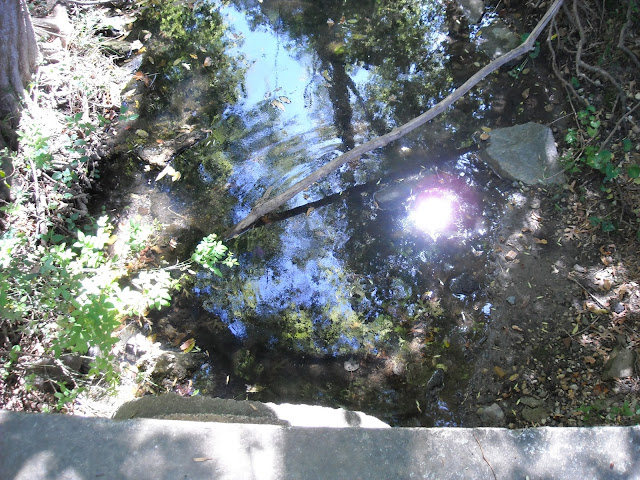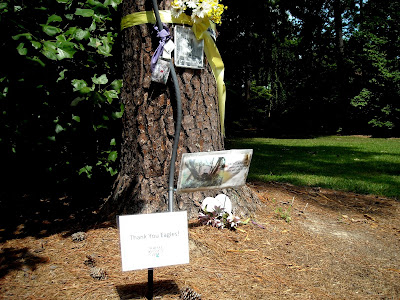Natural notes: Fall bird count at Lake Artemesia Natural Area
One thing birdwatchers like to do is count birds. Counting birds, though, is not just an arbitrary pastime of avian fanatics, but is in fact an important citizen science project that assists professional wildlife biologists with the tracking and monitoring of the national and global distribution and abundance of the planet's bird life. The following is a list of bird species (common names) and their count that I and another volunteer conducted this morning: Date: September 22, 2013 Time: 9am-10:45am Location: Lake Artemesia and adjacent portion of Indian Creek Trail (see Map 1) Weather conditions: ~65 F, Clear skies, NW Wind at ~7mph Weather past 24 hours: Showers, ~70 degrees F, calm wind Habitat: Woods, streams, open shallow water, wetlands, swamps, old fields Blue Jay: 4 American Crow: 2 Common Grackle: 1 Gray Catbird: 6 Northern Cardinal: 6 European Starling: 8 American Robin: 16 Carolina W...

